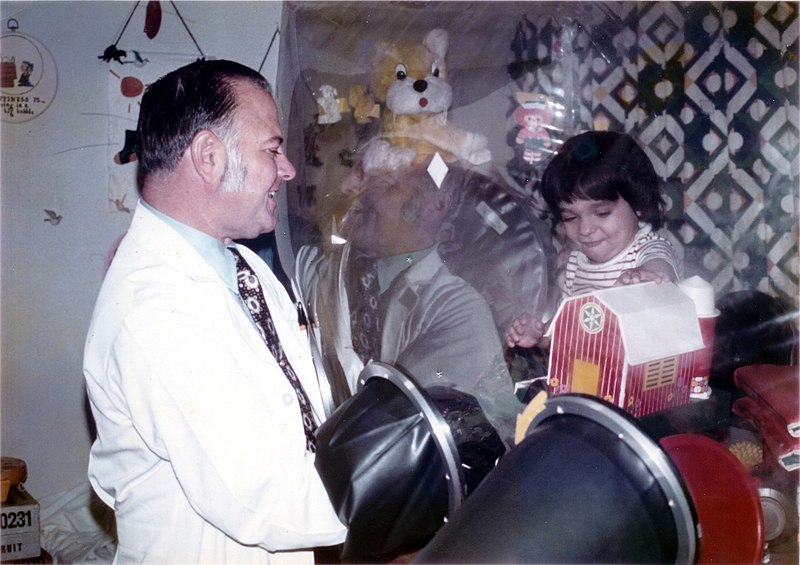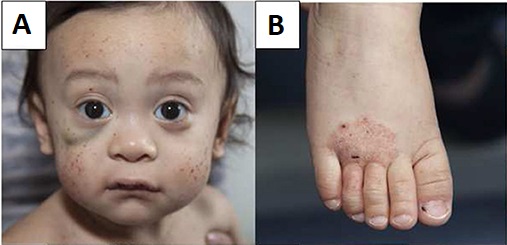Playlist
Show Playlist
Hide Playlist
Treatment – Primary Immunodeficiency
-
Slides Immunodeficiency.pdf
-
Reference List Immune System.pdf
-
Download Lecture Overview
00:01 So how does one treat a patient with primary immunodeficiency? Well it rather depends on the exact nature of the immunodeficiency. 00:08 But early intervention with antibiotics and antifungals is very important. 00:12 Long term low dose prophylactic antimicrobials can be used to prevent re-infection. 00:19 Cytokine therapy with granulocyte-colony stimulating factor will enable one to boost neutrophil numbers in patients with neutropenia, with low levels of neutrophils you can stimulate the bone marrow to produce more neutrophils using G-CSF and gamma interferon to stimulate phagocytes in patients with chronic granulomatous disease. 00:41 IL-2 can be used to stimulate lymphocytes in patients with common variable immunodeficiency. 00:50 Intravenous or subcutaneous pooled human immunoglobulins can be utilized. 00:56 Intramuscular bovine ADA (adenosine deaminase) conjugated to polyethylene glycol to increase its half life can be used in patients who have SCID due to mutations in the ADA gene. 01:11 And bone marrow, cord blood or adult peripheral blood hematopoietic stem cell transplantation can be used. 01:20 And then finally gene therapy, and this is very much I think the future of treatment of primary immunodeficiencies. There is a gene defect, let’s get in there and actually replace the defective gene with a normal functioning gene. And although it’s relatively early days in this type of therapy, there have been quite a number of successful trials. 01:42 And this is now becoming a more routine procedure in a number of places worldwide. 01:50 The ultimate therapy for primary immunodeficiency is to replace the defective gene with a normal functioning copy of the gene. 01:59 Viral vectors are used to insert the functional gene into patient’s CD34+ hematopoietic stem cells. 02:08 This has been used to treat patients with SCID, using a normal copy of the ADA gene or the γC gene. 02:17 It’s also been used in Wiskott-Aldrich syndrome, to replace the defective gene encoding the Wiskott-Aldrich syndrome protein. 02:27 And replacement of defective gp91phox in chronic granulomatous disease has also been employed.
About the Lecture
The lecture Treatment – Primary Immunodeficiency by Peter Delves, PhD is from the course Immunodeficiency and Immune Deficiency Diseases.
Included Quiz Questions
Which of the following medications may be used to stimulate the production of neutrophils in patients with drug-induced neutropenia?
- Granulocyte colony-stimulating factor
- Interferon gamma
- Interleukin-2
- Transforming growth factor beta
- Tumor necrosis factor alpha
Insertion of viral vectors into which of the following cell types may be most effective to treat some types of primary immunodeficiencies?
- CD34+ hematopoietic stem cells
- Plasma cells
- CD4+ T cells
- CD8+ T cells
- CD20+ B cells
Customer reviews
5,0 of 5 stars
| 5 Stars |
|
5 |
| 4 Stars |
|
0 |
| 3 Stars |
|
0 |
| 2 Stars |
|
0 |
| 1 Star |
|
0 |





